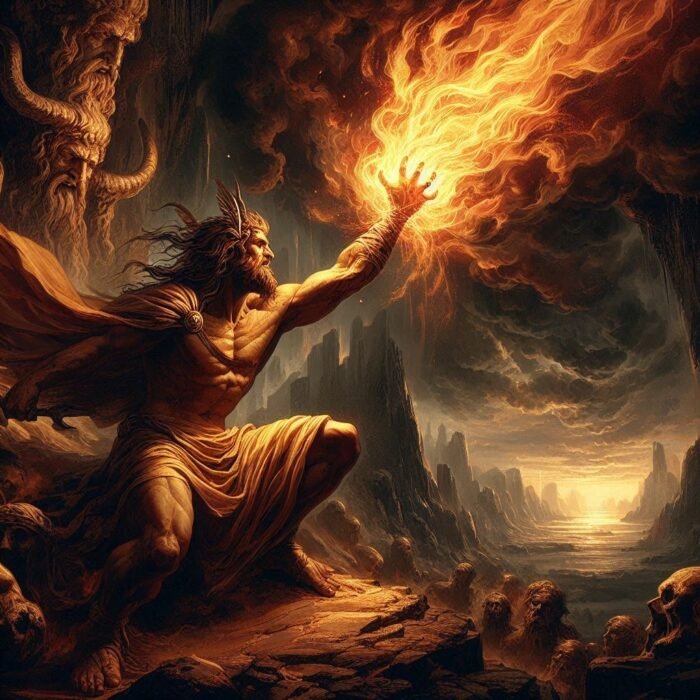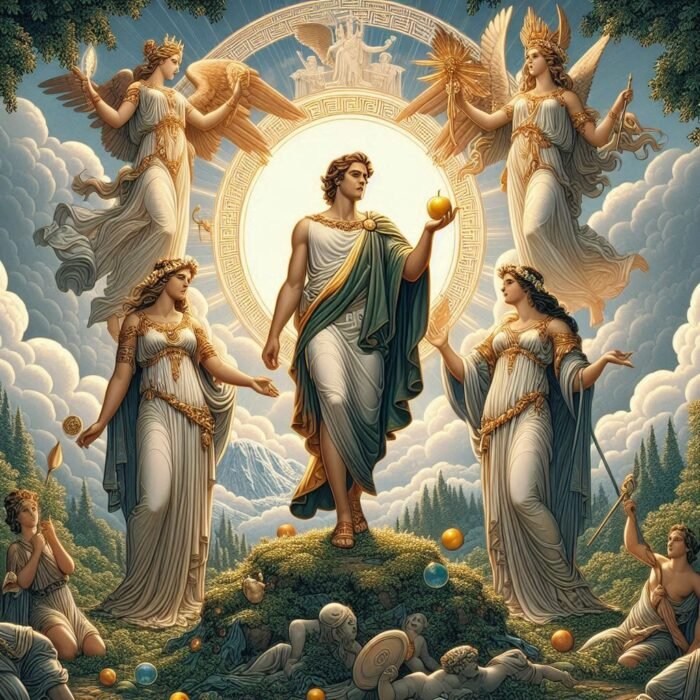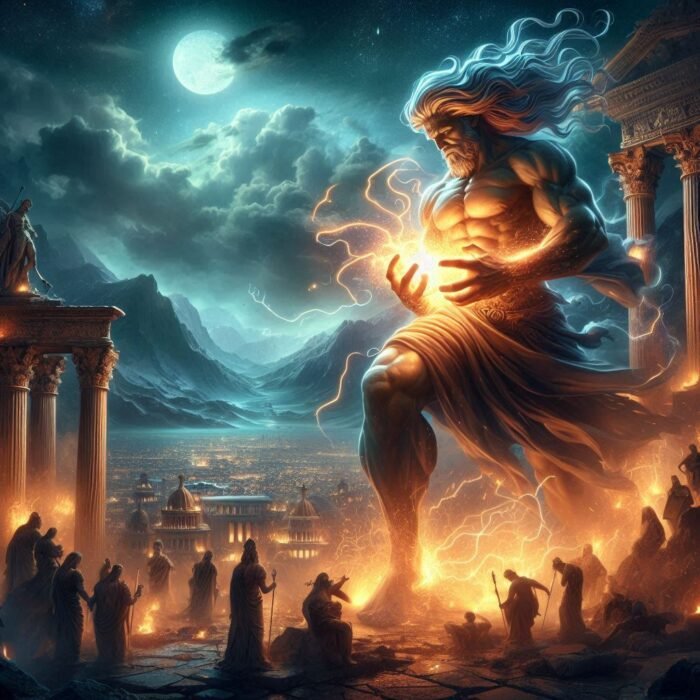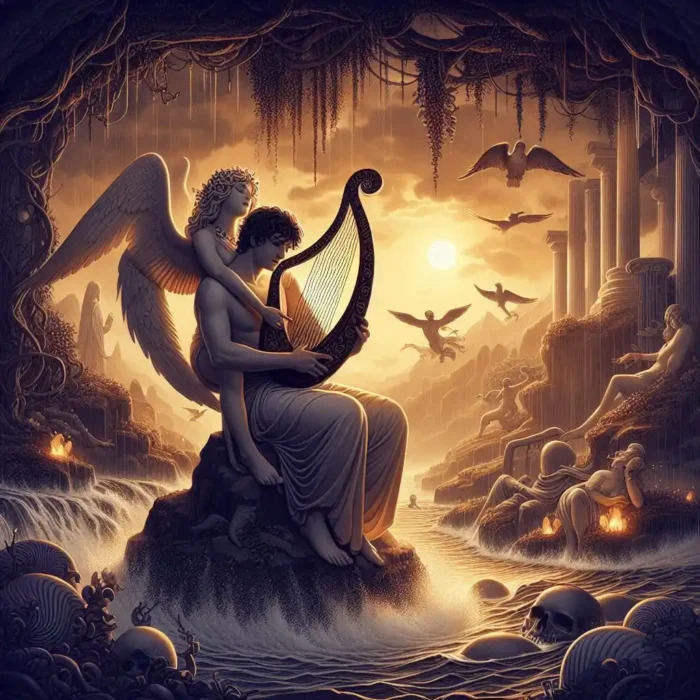In the age when gods still whispered to mortals and the sea carried secrets, there lived a man named Daedalus—a craftsman unlike any other. His hands could coax beauty from stone and motion from bronze. In Athens, they said no maze was too complex for his mind. Yet genius, in the old stories, never travels far from trouble.
Daedalus built wonders for kings, and one in particular sealed his fate—the Labyrinth for King Minos of Crete, a winding prison meant to hold the monstrous Minotaur. When the creature was slain and the secret of the maze was revealed, Minos’ pride turned to wrath. He locked Daedalus and his young son Icarus high in a tower, prisoners of their own brilliance, surrounded by the endless blue of the Cretan sea.
But Daedalus would not be mastered. Watching the gulls trace the wind, he shaped a plan as wild as it was desperate. From feathers, wax, and cunning, he fashioned wings—one pair for himself, one for his boy. “Follow me,” he warned, fastening the last strap. “Keep to the middle path: not too high, or the sun will melt the wax; not too low, or the sea’s spray will weigh you down.”
Then they rose. The island shrank beneath them, and for a moment, it seemed man had broken every chain. Daedalus flew steady and measured, but Icarus—young, exultant, drunk on the rush of sky—climbed higher. The warmth felt like glory on his skin, until the first droplet fell. Then another. The wax softened. Feathers tore loose.
Daedalus watched, powerless, as his son plunged into the dark waves below. The sea took him, and the old craftsman landed alone on foreign shores. He named that place Ikaria, in memory of the boy who had reached too far.
Sources and Variants


The earliest full version of the myth appears in Ovid’s Metamorphoses, though earlier Greek writers like Apollodorus and Pindar also refer to Daedalus as the master craftsman of the ancient world. In some retellings, Daedalus later finds refuge in Sicily, where he builds temples for King Cocalus and lives out his days far from Crete.
Ancient art often captured the pair mid-flight—father guiding, son ascending—on vases, frescoes, and reliefs across the Mediterranean. The image of Icarus falling from the sky became one of the most recognizable symbols of human overreach.
Symbolism and Interpretation
The myth of Daedalus and Icarus embodies a timeless lesson about ambition and restraint. Icarus’ fall is not a rejection of innovation but of hubris—the reckless disregard for limits. The Greeks saw virtue in balance, what Aristotle later called sophrosyne—moderation of spirit.
Daedalus, in contrast, represents the disciplined side of genius: invention guided by wisdom. His loss becomes the moral cost of human aspiration unmoored from caution.
Cultural Echoes
The fall of Icarus has a tale that inspired countless artists and writers, from Bruegel’s Renaissance painting to modern idioms about “flying too close to the sun.” The story survives because it speaks to every age’s fascination with progress—and the dangers of forgetting gravity.
Even now, Daedalus and Icarus hover between myth and mirror, asking how far we’re willing to climb before the wax begins to melt.
Go back to Greek mythology


















Comments